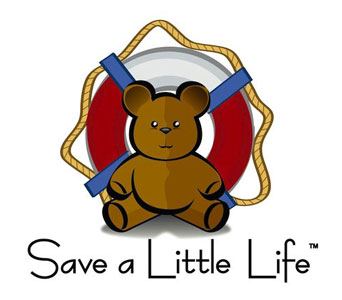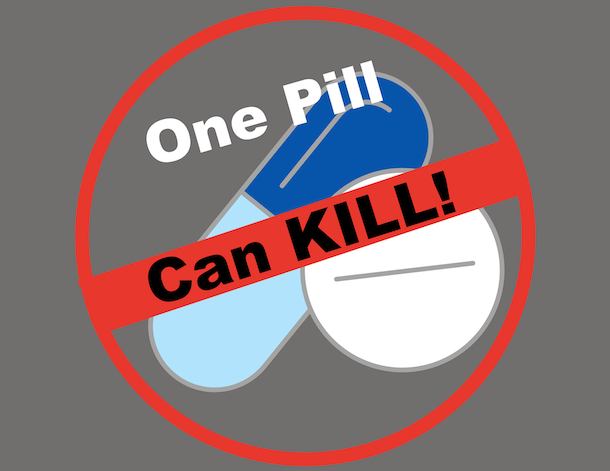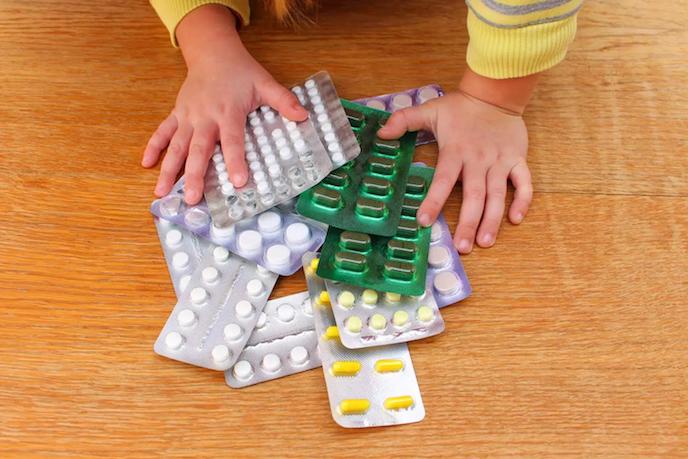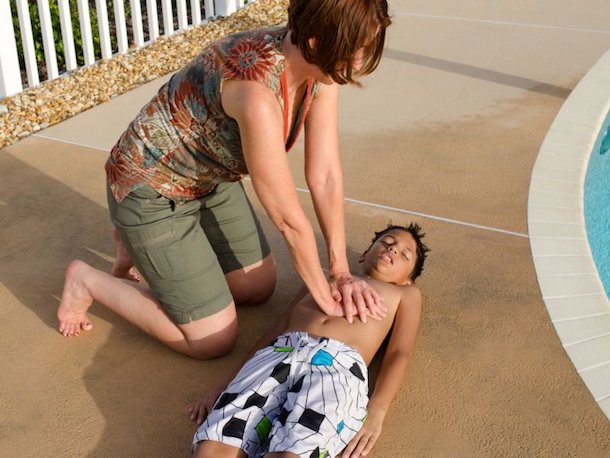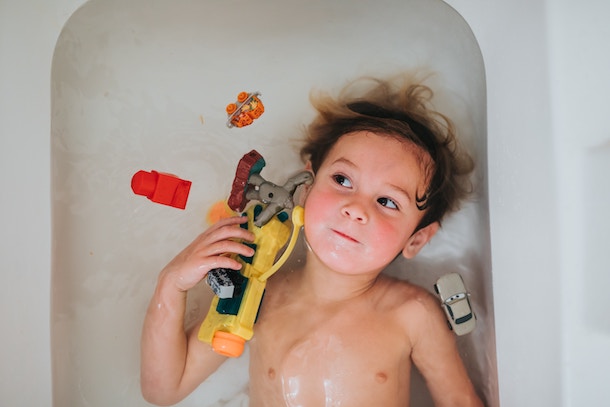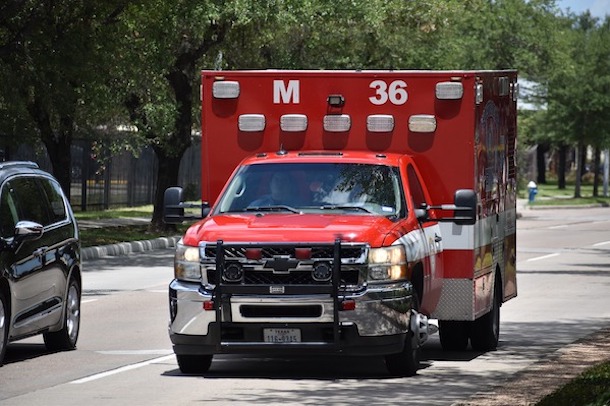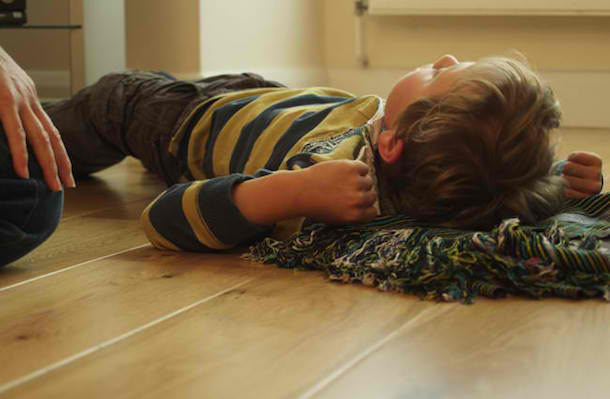Working remotely might be the perfect fit for your career and family. Yet juggling childcare while getting work done can be challenging. With these survival tips from Save a Little Life in mind, you can breathe a little easier during the work week.
Dedicate an Area of Your Home to Work
Because working from home often involves mixing business and pleasure, a dedicated work area is a must. Separating work from daily living can help you focus and avoid distractions. A home office or nook can also create a work-life balance if you close it off at quitting time.
Aim to maintain an ergonomic work area, rather than working from bed or at the kitchen table. Proper posture is crucial for avoiding spine, wrist, and other injuries, notes Healthline; ergonomics matter when working from home.
Establish a Daily Routine or Rhythm
Most parents of young kids scoff at the idea of a “schedule.” What infant or toddler naps exactly when their caregiver needs them to? An alternative is a routine or rhythm that fits your family’s needs.
According to Parents magazine, routines are beneficial for kids and help bedtime go more smoothly, reduce meltdowns, and even teach toddlers flexibility. The exact times don’t matter, but a sequence of events keeps everyone on track.
Set Up Toddler-Safe Solo Activities
Managing a toddler while balancing a full workload isn’t easy. For times when you need to keep little hands busy, set up quiet toddler activities they can do solo. Making sure to avoid potential choking hazards is a no-brainer, but mess-free activities are a must, too.
Toys like blocks, puzzles, and coloring books can be intriguing, especially if they are new or not always available. Stickers, large magnets, and felt boards can also be engaging. Try to keep different toys in rotation to maintain interest, as novelty can wear off quickly.
Carve Out Time for Older Children
Working from home sometimes feels like working 24/7. It can also feel that way for your kids, especially older children who are mostly self-sufficient. Babies and toddlers require a lot of attention, but older kids need one-on-one time, too.
Take care to prioritize your older kids at important times of the day when your little ones aren’t underfoot.
Choose Clothing You Can Live In
An obvious benefit of working from home is the ability to wear comfortable clothes. Of course, if you need to be Zoom-ready on top, professional yet comfortable clothing is paramount.
Versatility is a keyword when it comes to comfortable, functional clothes.
Luckily, nursing parents can find top-rated nursing bras online, making it easy to add them to your shopping cart while ordering diapers and wipes.
Declutter Daily for Less Stress
Every parent knows how stressful having too much stuff is, but you might not realize how much clutter impacts your day. Mayo Clinic confirms that clutter can create stress and even keep you up at night.
Starting your day with a clean space can help you buckle down and get work done. Quick clutter pickups a few times daily can also help you feel accomplished. Try out a quick-clean routine to keep messes from piling up through the work week, and the mental load may ease even more.
Enjoy Downtime as “Me Time”
Though many parents feel guilty about dedicating time to self-care, Romper’s experts say it’s necessary. Carving out even a few minutes a couple of times per day can boost your mood and mental health.
Therapists say to take alone time to recoup, refresh, and be a more active parent when you are with your kids. Asking for help from your partner or family is recommended, too.
Remote work with a baby or toddler (or even older kids) isn’t easy, but it is doable. From setting up the right workspace to planning activities for little ones, lining things up takes effort but pays off when you hit deadlines and end the work week strong.
THANKS TO COLLEEN STEWART
from Play Date Fitness
for contributing this article
